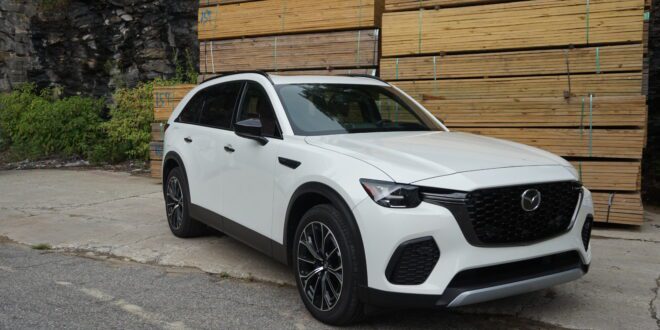EAST HADDAM, CT – The nomenclature for Mazda’s new 2025 CX-70 crossover is a bit unusual. Most manufacturers follow a naming convention that signifies a defined product hierarchy: The bigger the model number, the bigger the car. Thus one would assume that the CX-70 slots in between the compact Mazda CX-50 crossover and the full-size CX-90. But it doesn’t.
In fact, externally, the CX-70 and CX-90 are identical. The distinction between the two simply lies within their interior accommodation.
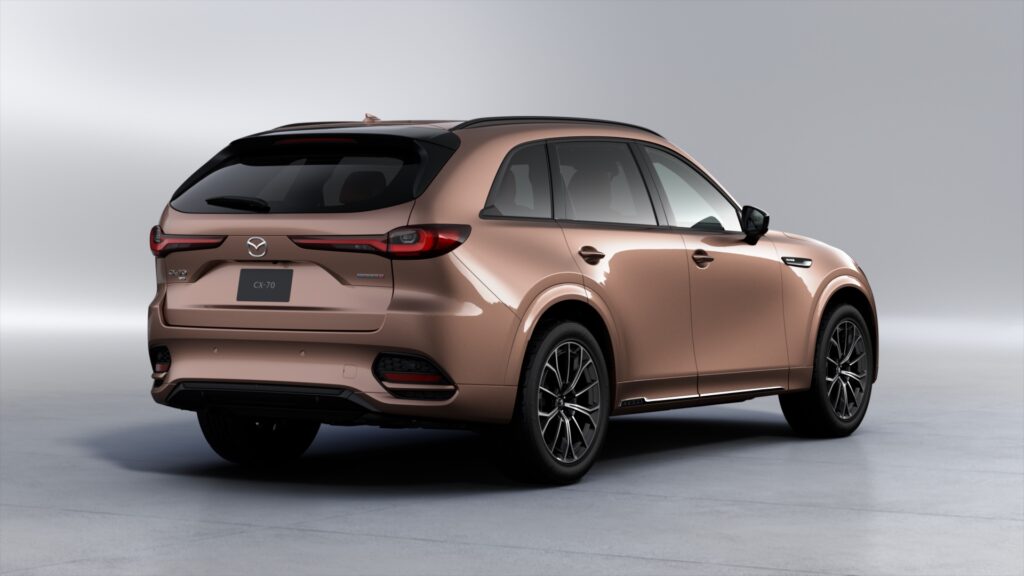
The CX-90, which was reviewed back in October, comes standard with three-row seating, while the 70 has but two sets of seats. The end result is that the CX-70 provides more generous carrying capacity with seating limited to five. It’s for active couples and empty nesters who need to haul a varied assortment of odds and ends instead of people.
While the conflicting emblems might be a little confusing, what’s certainly clear is that Mazda continues to demonstrate its well-renowned, fun-to-drive persona even its largest-ever crossover platform.
I can confirm that eliminating the third-row seat further adds to such an experience, along with everyday utility. That’s why “Car and Driver” also suggested that it’s for those who “canyon-carve with cargo.”
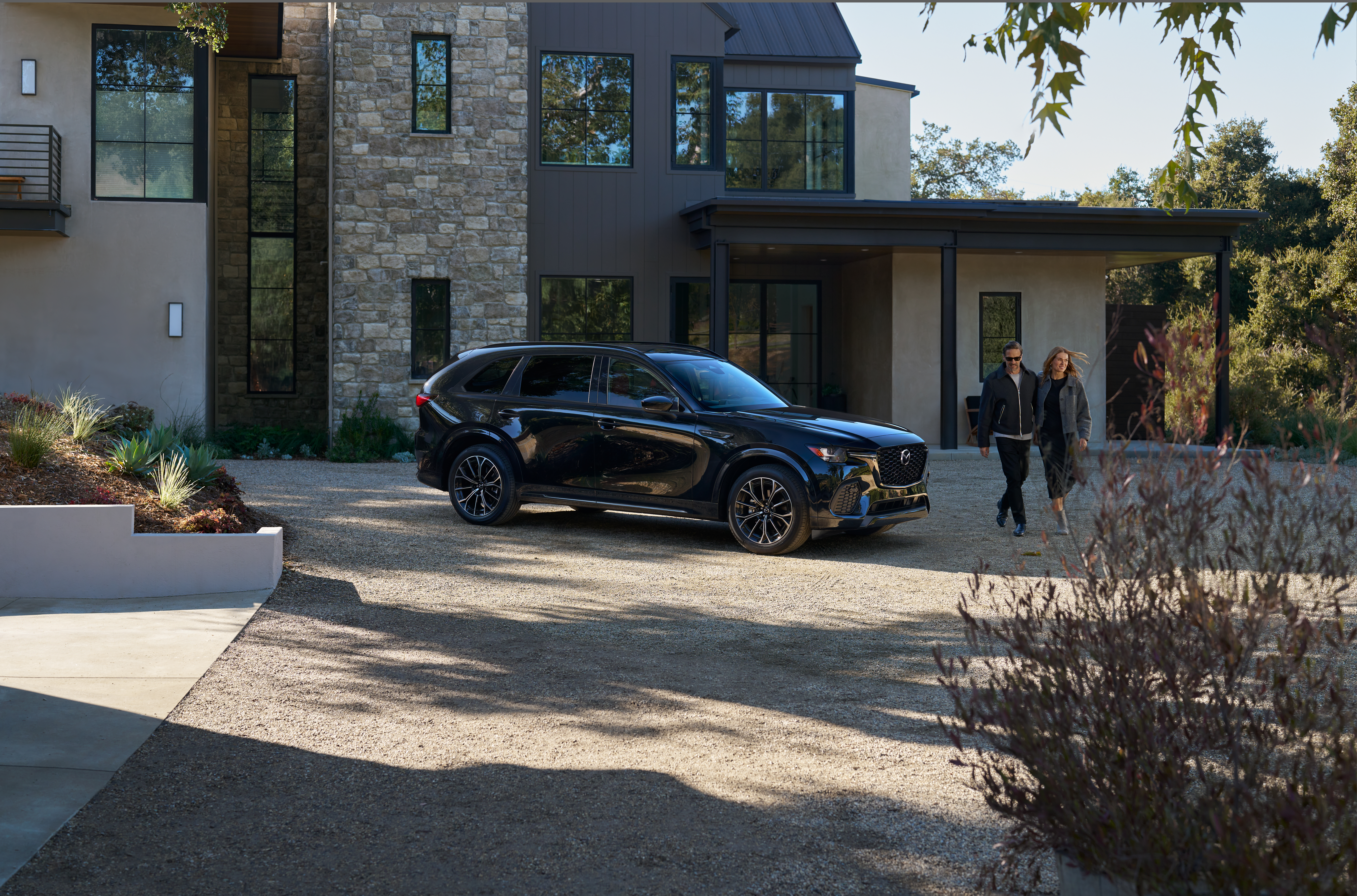
The CX-70 that I drove was a plug-in PHEV Hybrid Premium Plus which delivered a combined (gas and electric) 323 horsepower and 369 lb.-ft. torque (on premium fuel) from a 2.5-liter, naturally aspirated four-cylinder.
According to Mazda, “The CX-70 PHEV can travel up to 26 miles on pure electric power, return up to 56 MPGe [MPGe is the unit of measurement for an electric car’s energy consumption level to compare with gas-powered vehicles’ fuel consumption], and is capable of towing up to 3,500 lb. when equipped with Mazda Genuine Towing accessories.”
Otherwise, it delivers 25 combined MPG with a total range of 490 miles.

The model comes standard with i-Activ All-wheel drive and is rear wheel biased (which I certainly appreciated) for more refined and luxury-like driving experience. It’s backed up by something called Kinematic Posture Control (KPC) to tighten cornering stability and manage body roll.
The CX-70 has Normal, Sport, Off-Road and Towing modes. A true eight-speed automatic is the transmission of choice (instead of a CVT), and 21-inch alloy wheels are fitted.

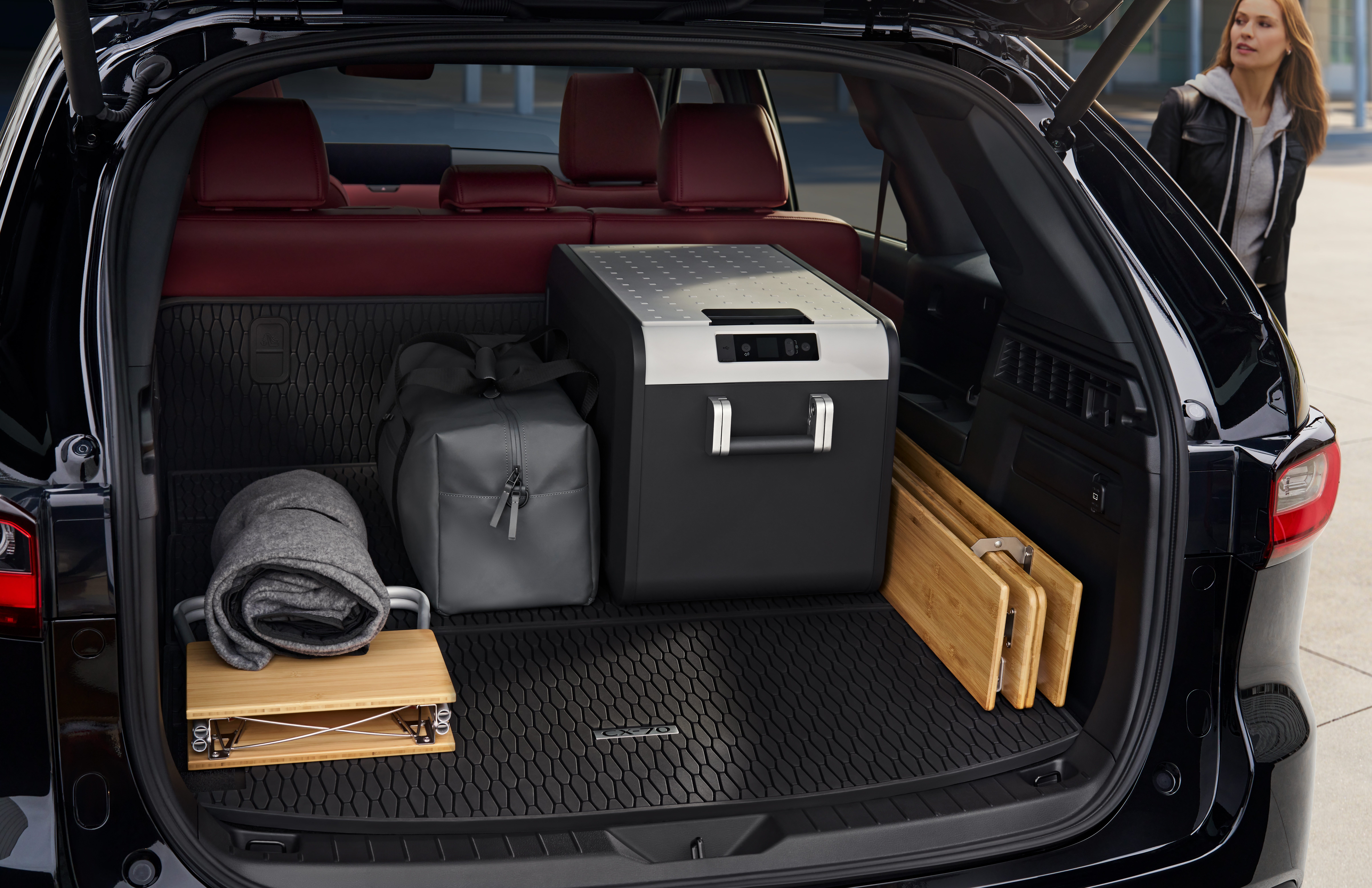
—
Like the other Mazda CX models, the CX-70 has been endowed with cab-rearward architecture to convey a more subtle, sporty style compared to other workaday utilities. In this largest example, however, the full door profile comes off a bit slab sided though it remains attractively sophisticated and refined.
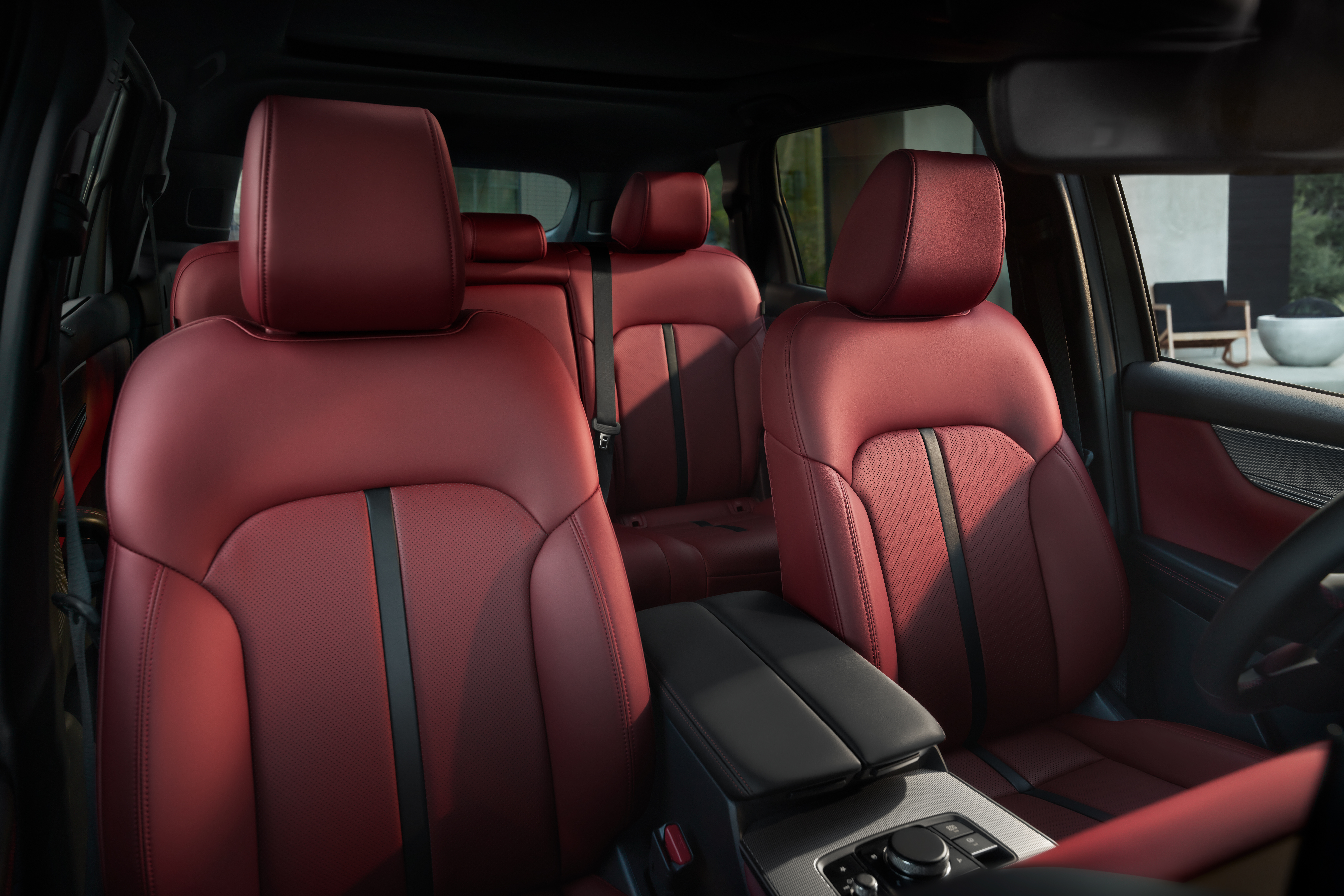
The inside is both rich and rational. Premium materials abound around the spacious and elegant cabin which offers an intuitive operating experience because there’s a reasonable and responsible combination of buttons, switches and electronic controls.
No, you don’t have to be an engineer to set the radio. A 12.3-inch digital instrument cluster is augmented by a 12.3-inch center color display. The Premium Plus Package added delectable Nappa Leather-trimmed, heated and ventilated seats (in striking Red, in my case) with eight-way power adjustment. There’s also a heated leather steering wheel, 360-degree view monitoring and a windshield wiper de-icer.
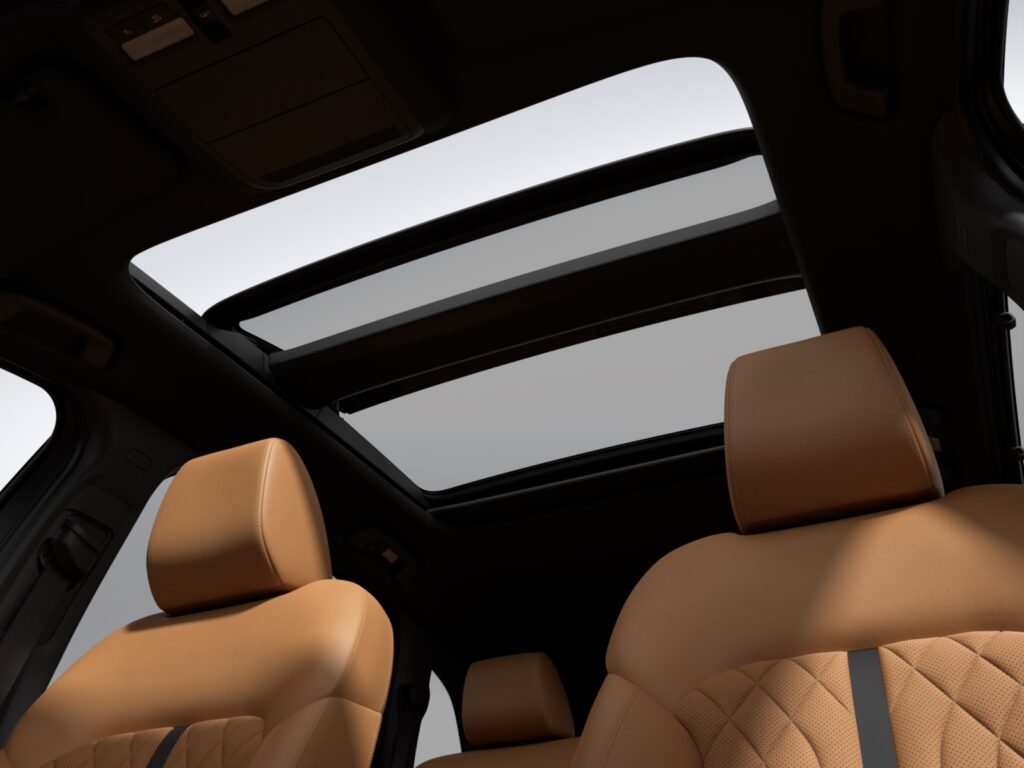
A nice touch are the second row side window sunshades. Additionally, there’s a Power Panoramic Moonroof and a 12-speaker Bose high-definition sound system. Apple Carplay, Android Auto and Alexa are built in, too.
In keeping with its premium persona, the Mazda CX-70 is endowed with inherent safety consideration. Running the gamut from Blind Spot Monitoring, Lane Departure Warning and Rear Cross Traffic Alert to Smart Brake Support, Emergency Lane Keeping and Secondary Collision Reduction systems. Which is why the Insurance Institute for Highway Safety (IIHS) deemed it a “Top Safety Pick.”
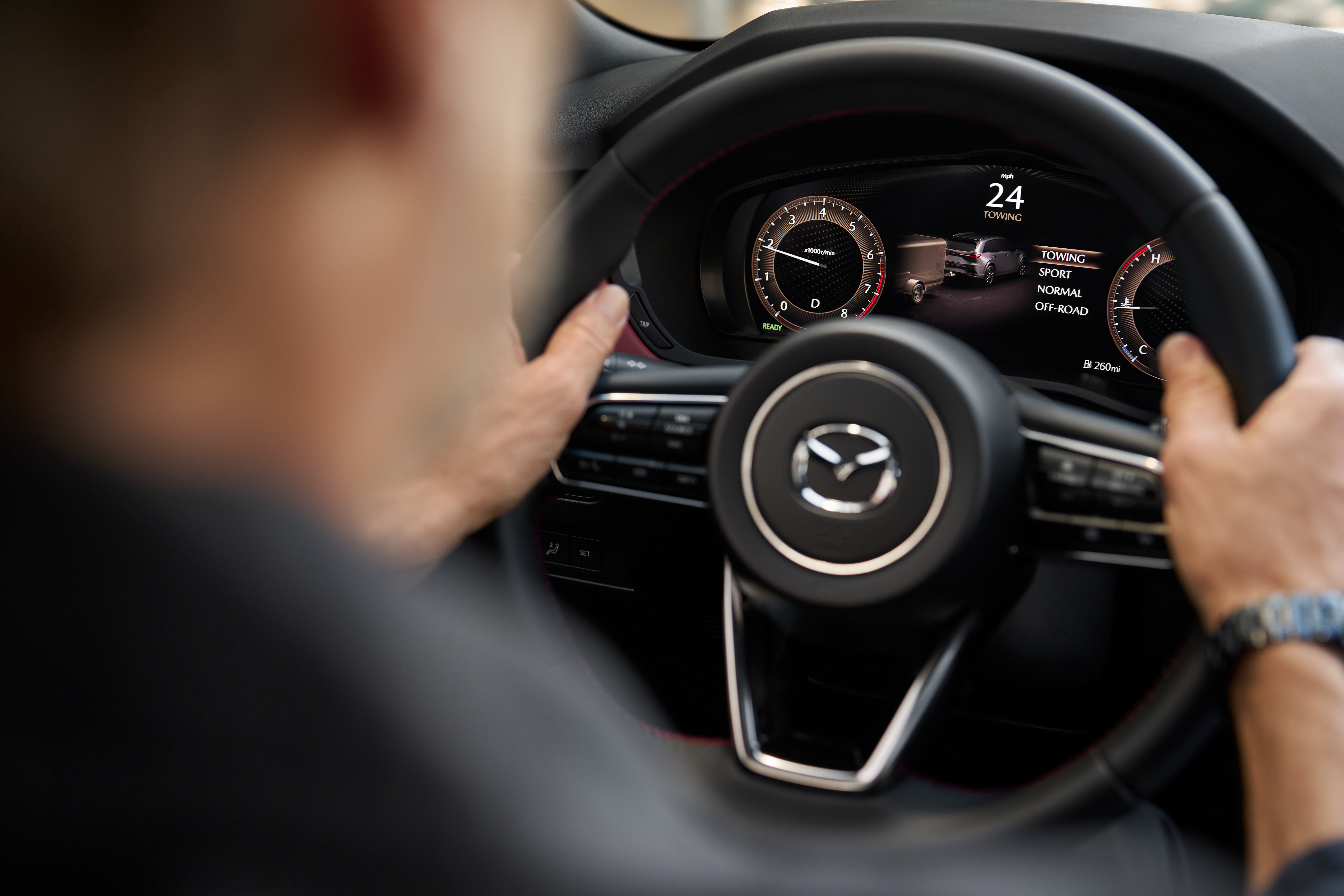
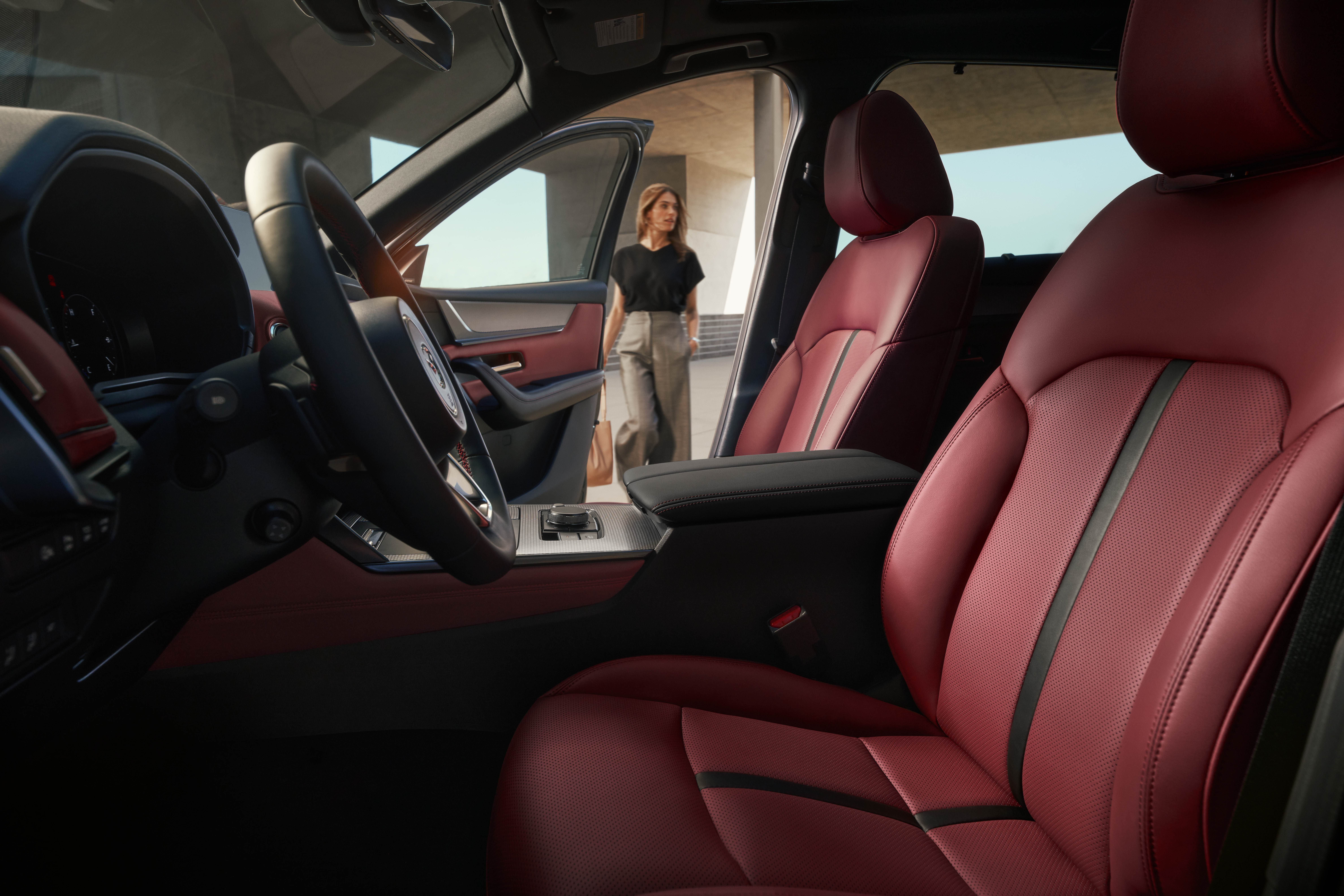
—
New for 2025, Mazda CX-70 PHEV pricing starts at $54,400. Well outfitted, including Rhodium White Premium metallic paint (+$595), mine listed for $59,420. The price tag was easily justified by the more expansive feature set, although one might not necessarily think about a Mazda for that kind of money.
Exploiting market niches has helped accelerate Mazda to newfound success as it continues to grapple against the Toyota, Nissan and Honda powerhouses. Year-to-year sales are up over 20 percent. Turning the three-row CX-90 into a more spacious five-seat CX-70 is yet another example of trying to make a little more of less – to the company’s competitive advantage.
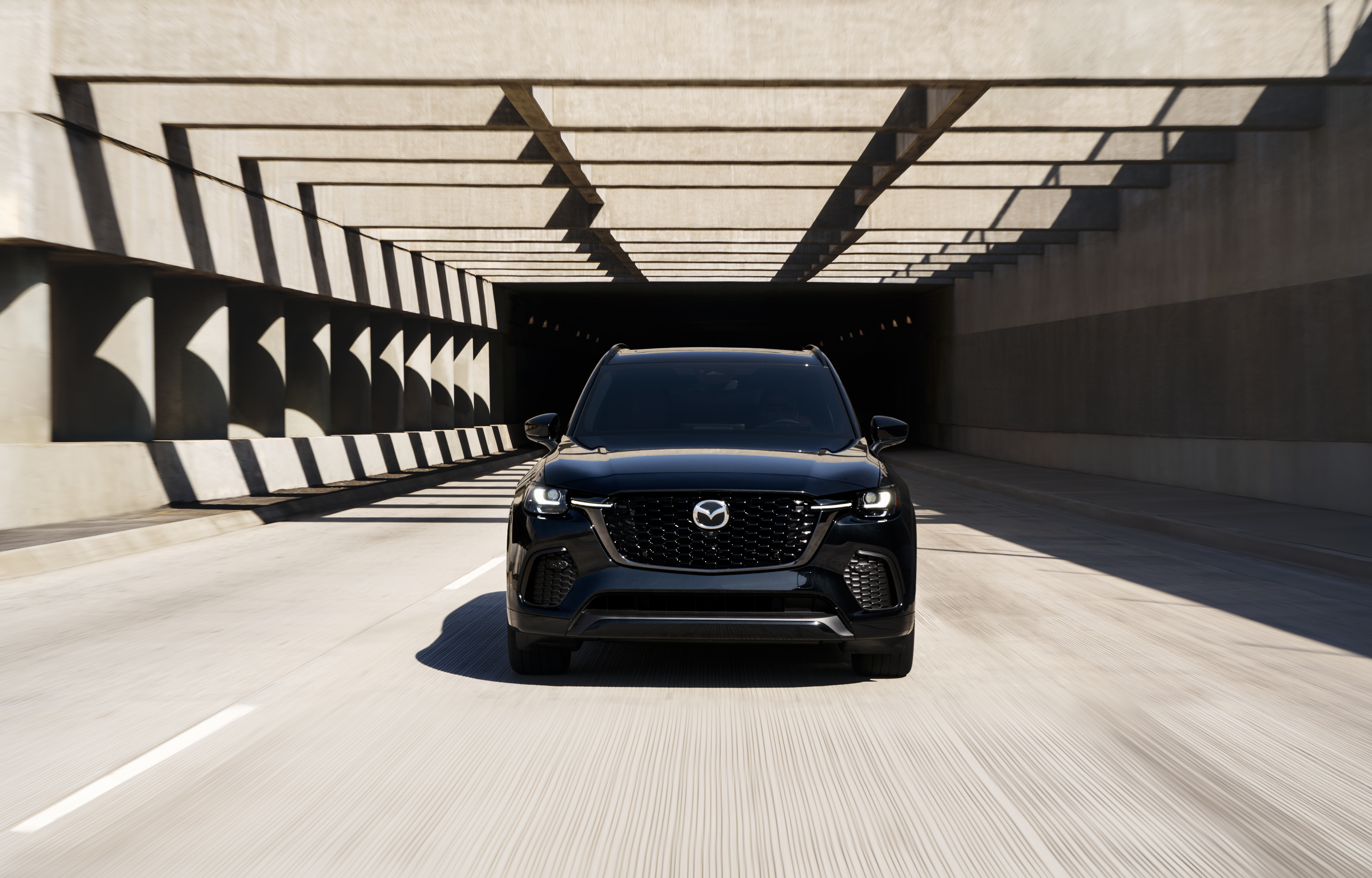
(All photos courtesy of Mazda unless otherwise noted.)
 RIDE-CT – Classic Cars Celebrating Classic Cars in Connecticut
RIDE-CT – Classic Cars Celebrating Classic Cars in Connecticut

